
Losing a loved one can be devastating. When the death was caused by someone who acted negligently or recklessly, you may have grounds to file suit.
Surviving family members may be able to pursue a wrongful death claim when another party is responsible. While no amount of money can replace a loved one, receiving financial compensation can deliver justice and provide necessary financial support. Here are the components of a wrongful death claim.
1. The Defendant Owed a Duty of Care
The first step in proving a wrongful death claim is establishing that the person being blamed for the death had a responsibility to prevent your loved one from being harmed.
Special relationships can create an affirmative duty to protect the victim from foreseeable harm. Special relationships include:
- Teacher and student
- Doctor and patient
- Spouses
- Property owner and guest
There are also general duties of care that apply in all circumstances. For example, drivers have a duty of care to other drivers, passengers, pedestrians, and bicyclists to drive reasonably and adhere to the laws of the road.
While the duty of care follows a standard of what a reasonable person would do under the circumstances (i.e., obeying traffic laws to avoid a car accident, not driving drunk, etc.), there is no general affirmative duty to act, which is sometimes referred to as not having a duty to rescue.
Not having an affirmative duty to act is best illustrated by an example. Let’s say a patron is choking in a restaurant. Even if a doctor is dining at a nearby table, that doctor has no duty to “rescue” that person. While this might seem morally reprehensible, the doctor would not be liable for a wrongful death claim.
However, if the doctor began a rescue and abandoned it, then a duty would have been created.
Establishing a duty of care is one of the more nuanced elements of a wrongful death claim. Your attorney can help you determine whether a duty of care existed and how to proceed.

2. The Defendant Breached the Duty of Care
Once you’ve established a duty of care, the next step is demonstrating that the duty was breached. The actions (or inaction) of the defendant can be used to prove a breach of this duty. Having clear evidence about the defendant’s actions can help prove your case.
3. The Death Resulted from the Defendant’s Negligence
A wrongful death claim requires that there is a link between the defendant’s negligent actions and the cause of death. If there are superseding intervening events (like a meteor striking the planet), this could result in finding that the defendant did not cause the death. Absent an unforeseeable event, however, the connecting line between negligence and death is usually fairly straightforward.
4. The Surviving Family Members Sustained Damages
Finally, the deceased must have surviving family members or an estate that was harmed by their death, which could include a loss of financial benefits or companionship.
The amount and type of compensation available in a wrongful death claim varies. Here are the most common categories of wrongful death compensation:
- Medical bills
- Funeral expenses
- Loss of financial support
- Punitive damages
Contact an Experienced Connecticut Wrongful Death Attorney Today
We understand that losing a loved one can be one of the most difficult experiences in your life. A lawsuit might be the last thing on your mind, but Connecticut law enforces a strict statute of limitations for wrongful death claims, so you may wish to consider contacting an attorney for help sooner rather than later. To discuss your case, please get in touch with the Law Offices of James A. Welcome.











